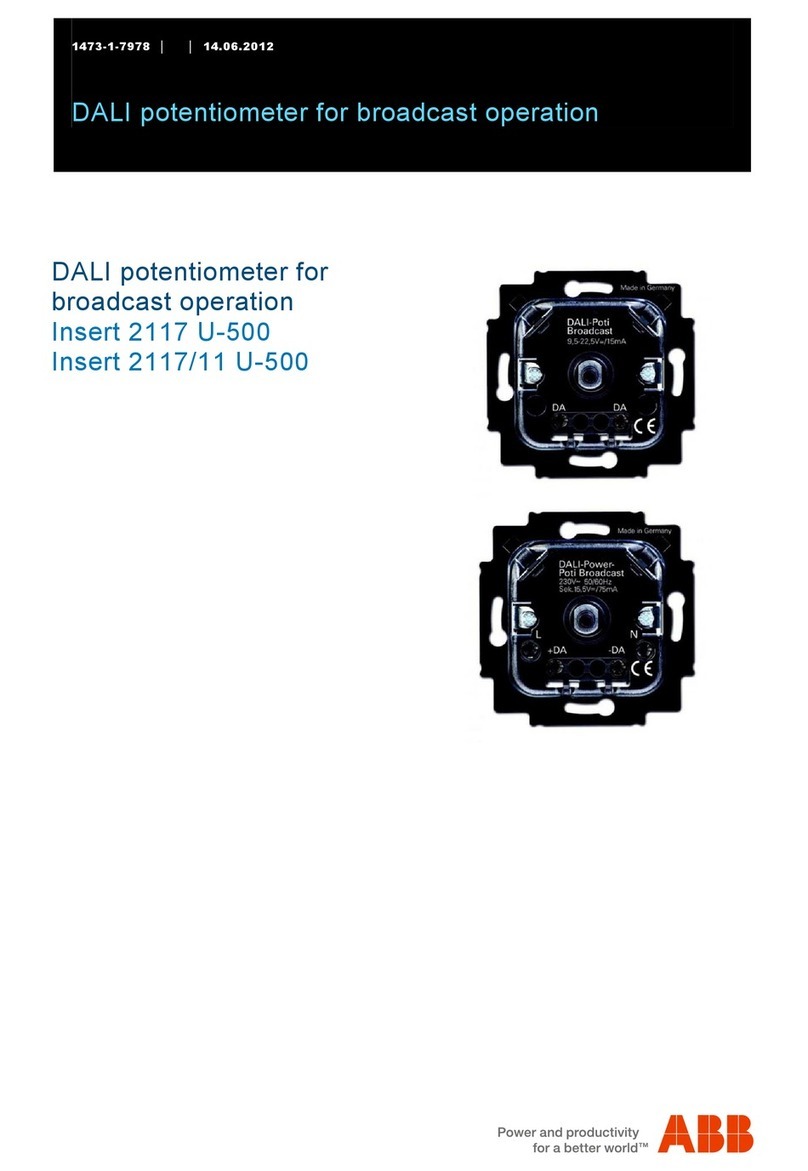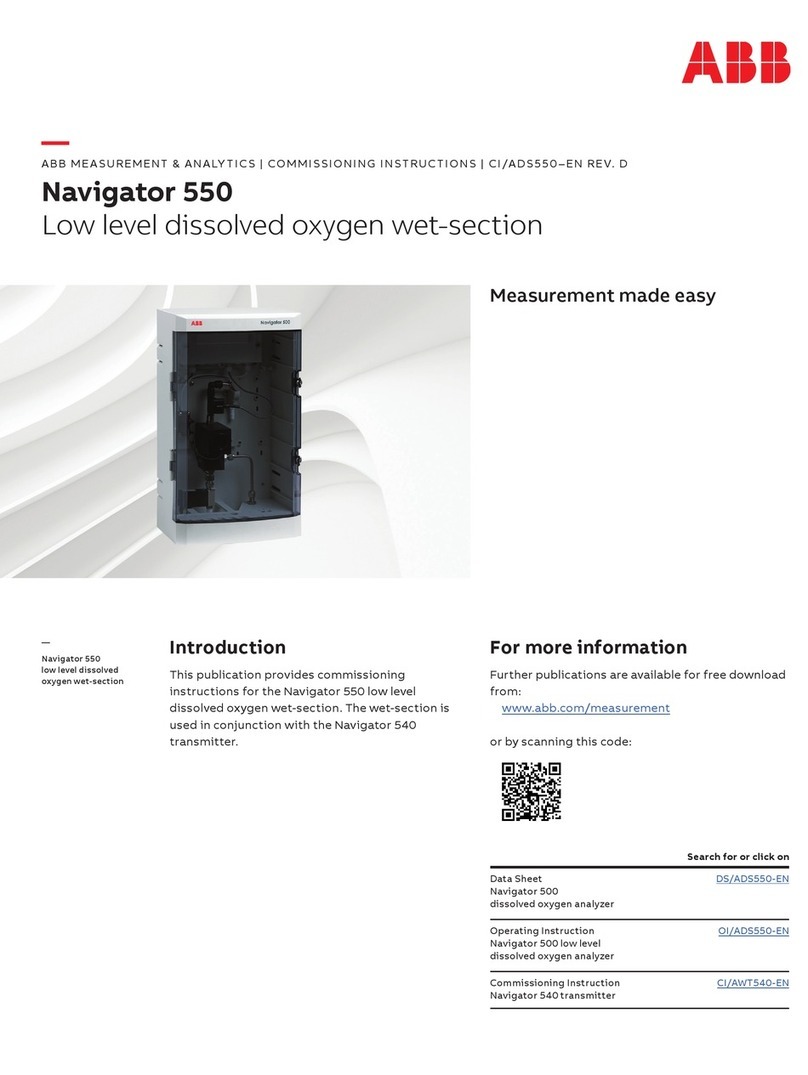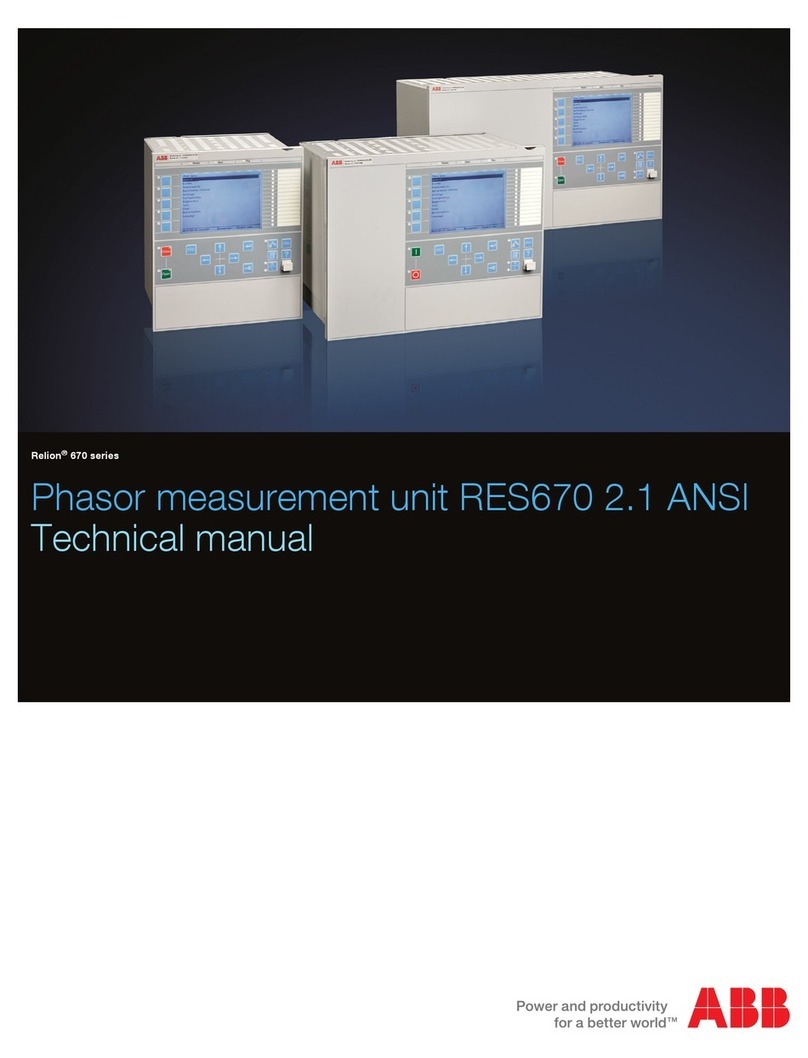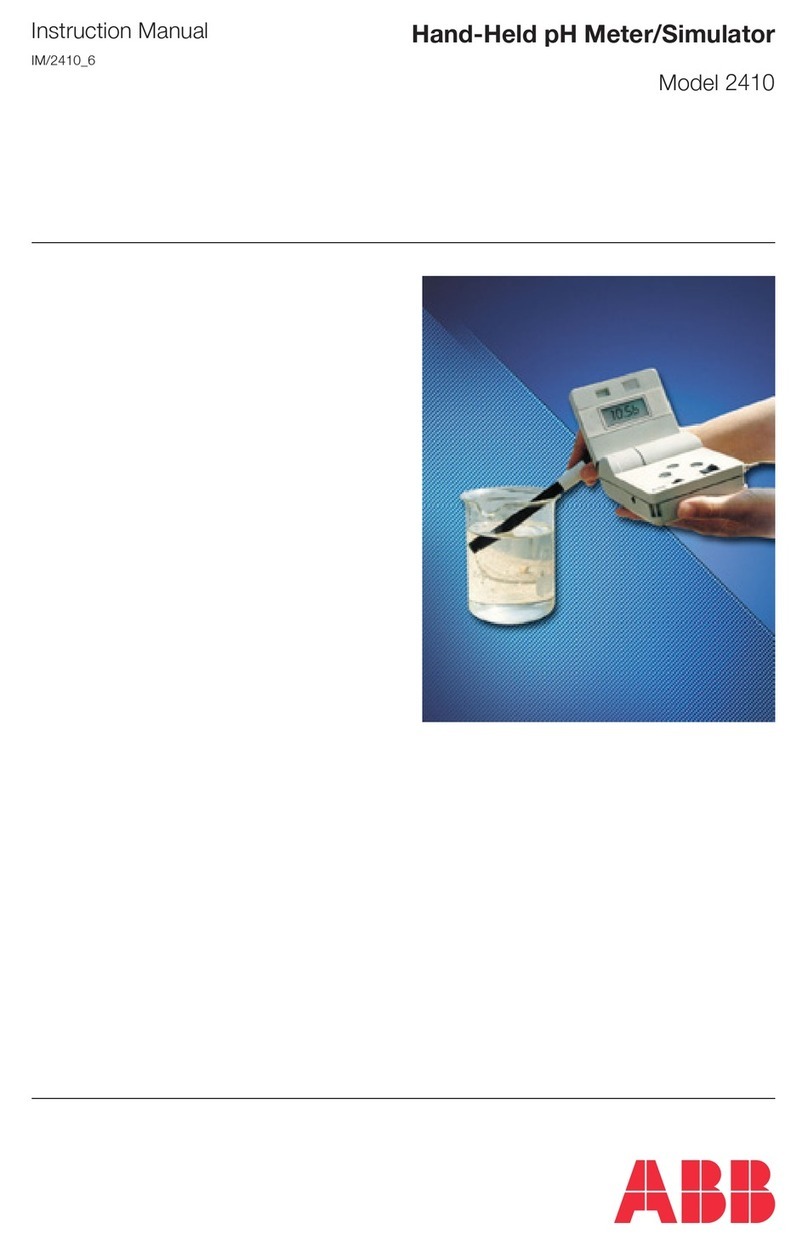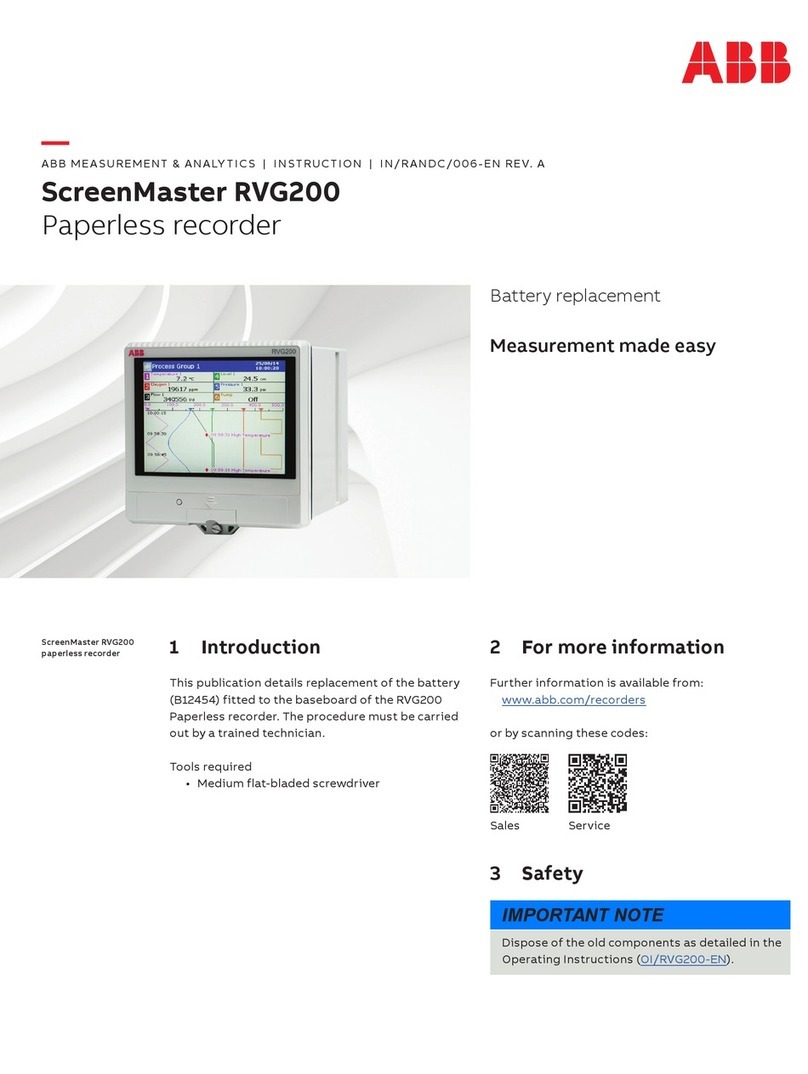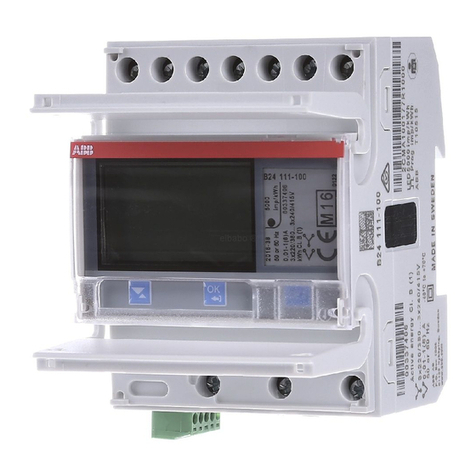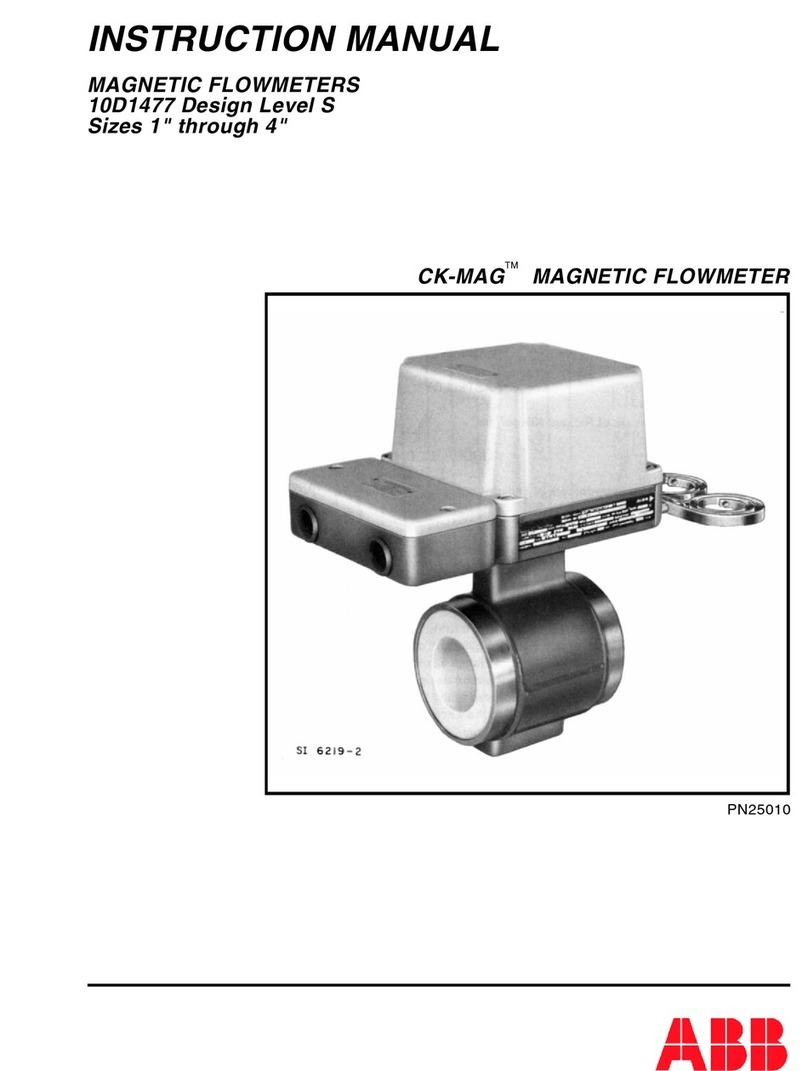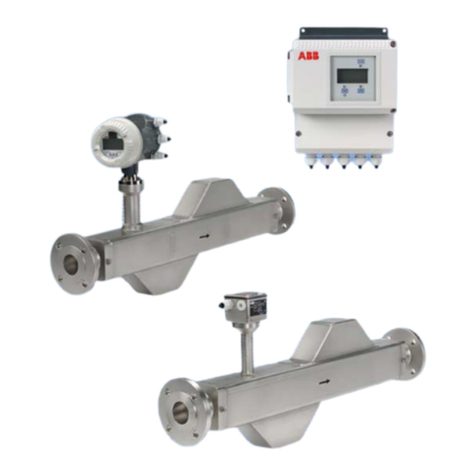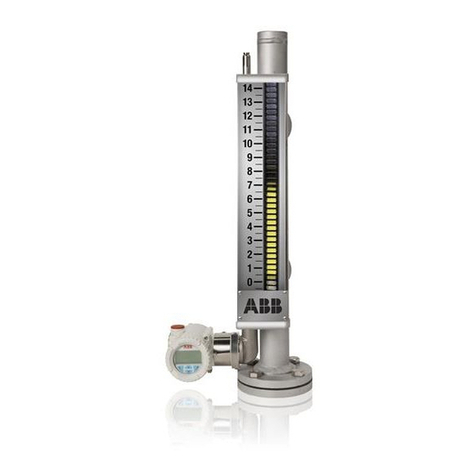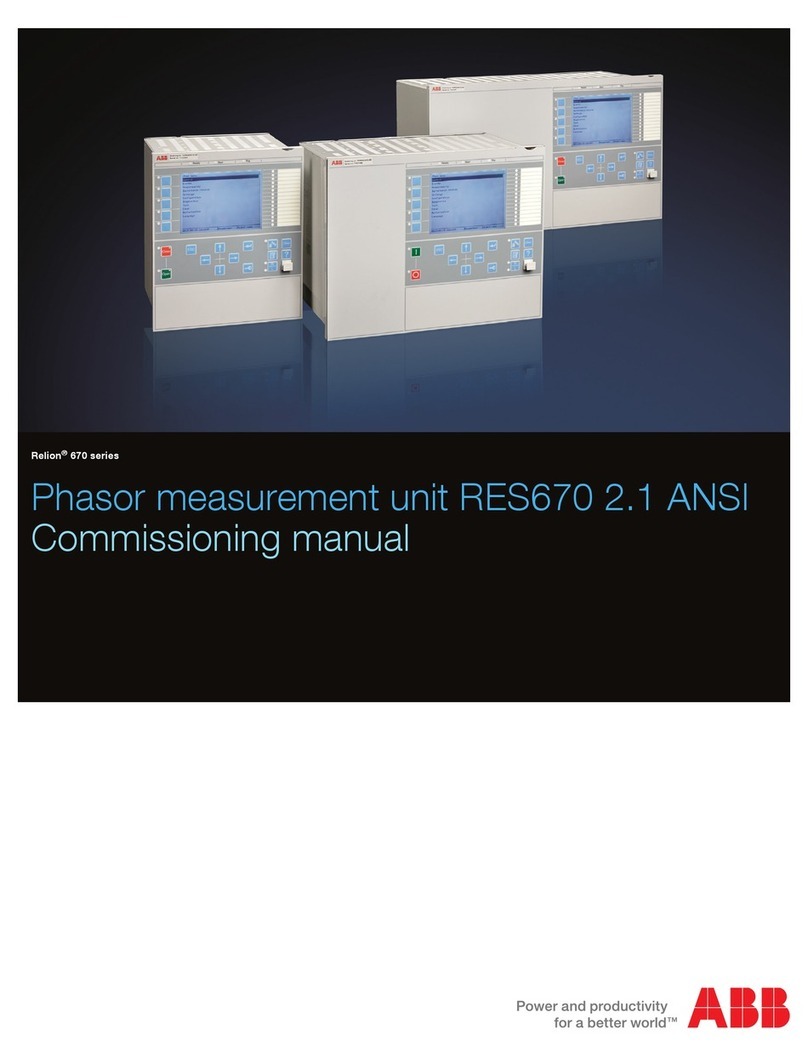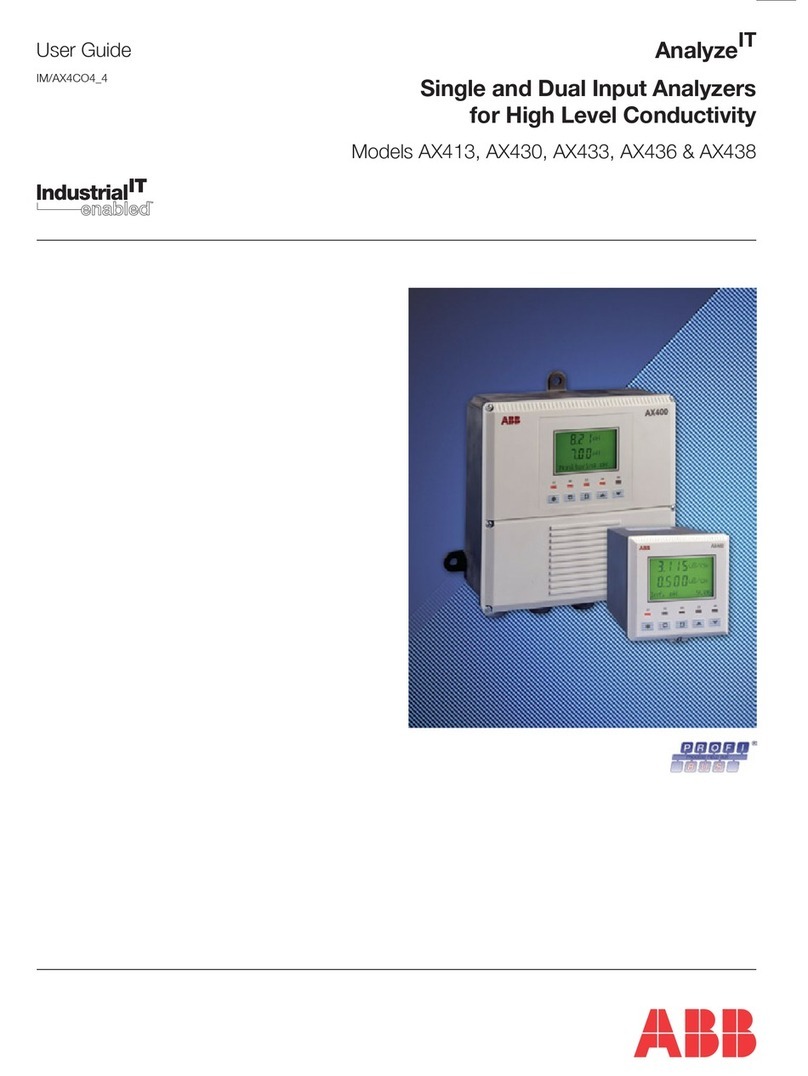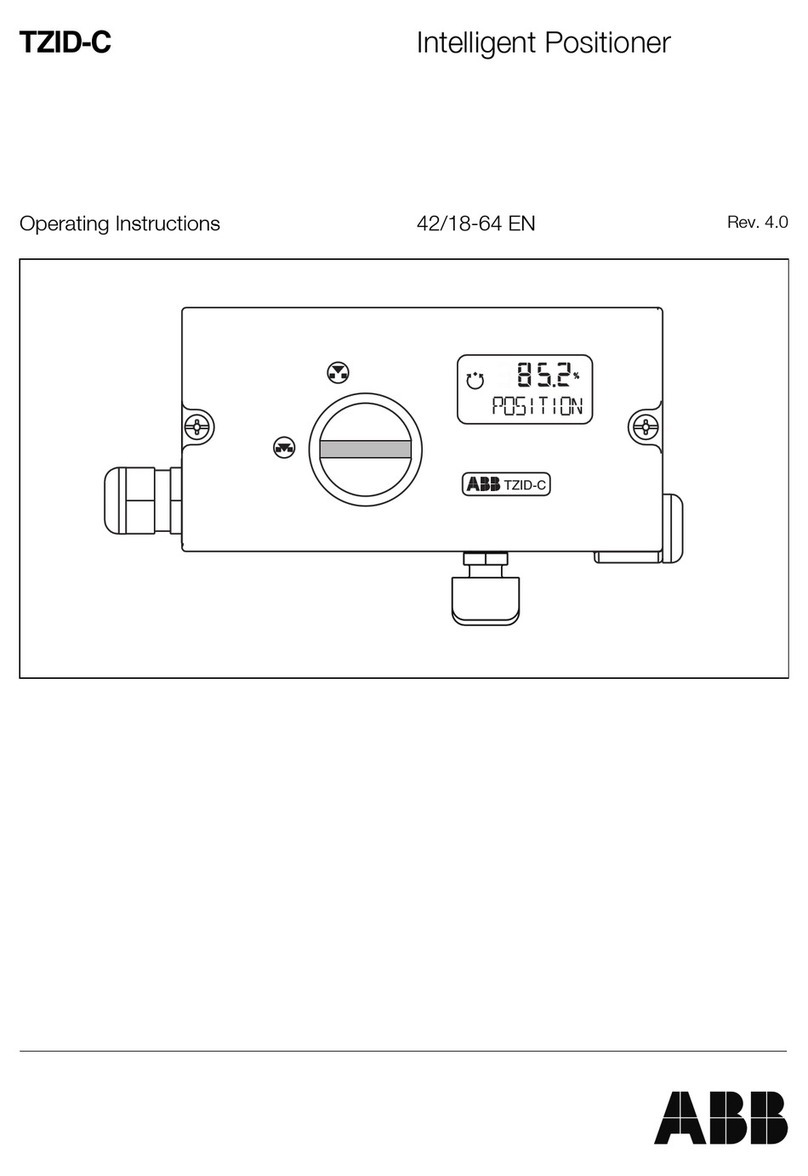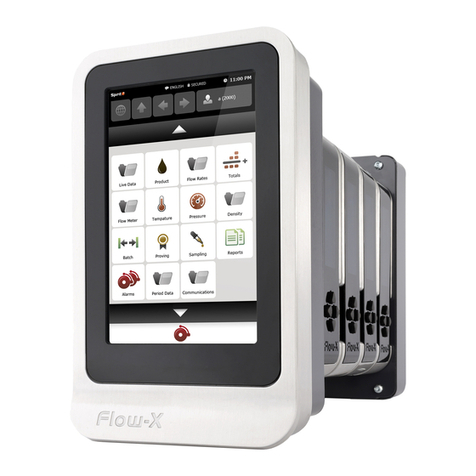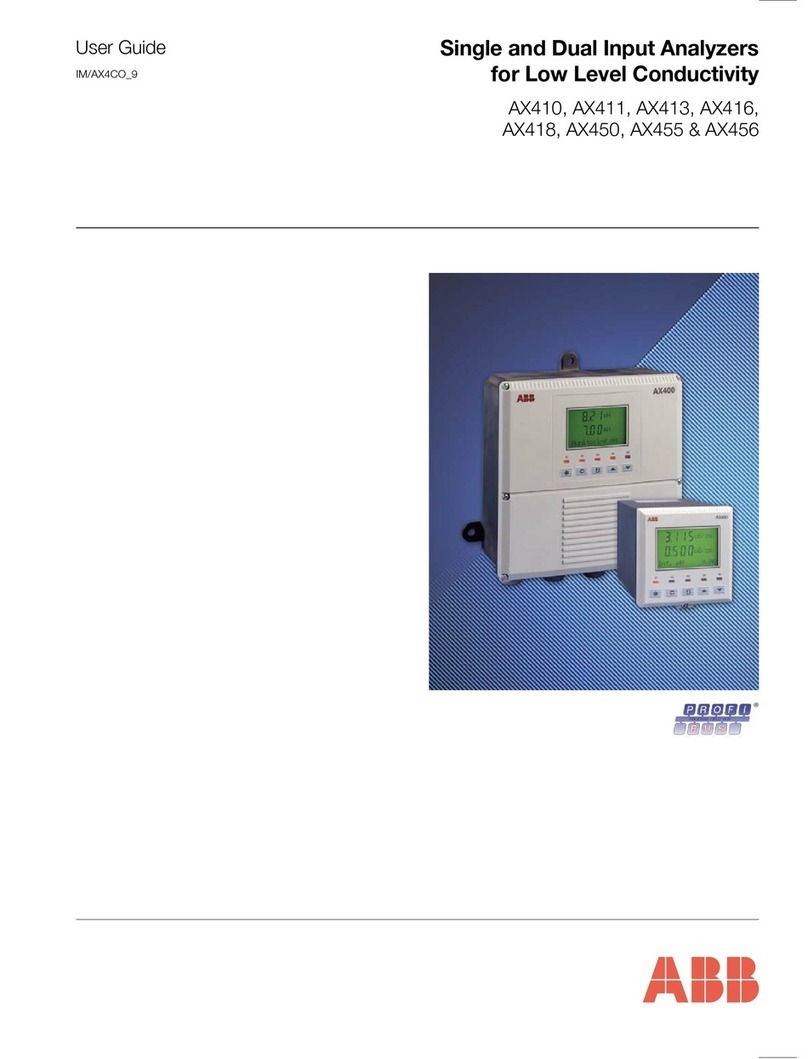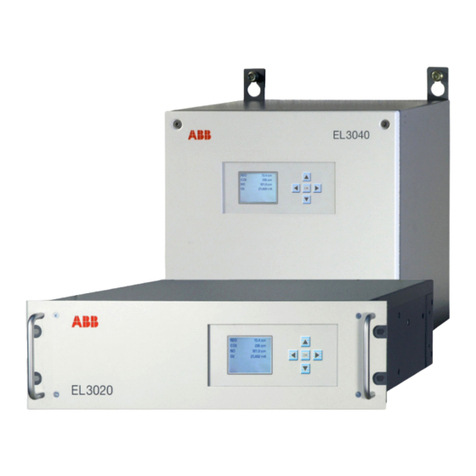
Insertion-Type Electromagnetic Probe Flowmeter
AquaProbe 2 Contents
IM/AP Issue 9 1
Contents
1 Introduction ...................................................................................................................................... 3
1.1 System Schematic ................................................................................................................... 3
2 Mechanical Installation .................................................................................................................... 4
2.1 Location – Environmental Conditions ....................................................................................... 4
2.1.1 AquaProbe .................................................................................................................... 4
2.1.2 Transmitter .................................................................................................................... 5
2.2 Location – Flow Conditions ...................................................................................................... 6
2.2.1 International Standard for Flow Measurement ................................................................ 6
2.2.2 Velocity Limitations ........................................................................................................ 7
2.3 Location – Mechanical ............................................................................................................. 9
2.3.1 AquaProbe .................................................................................................................... 9
2.3.2 Transmitter .................................................................................................................. 10
2.4 Safety .................................................................................................................................... 11
2.5 Installing the AquaProbe ........................................................................................................ 12
2.6 Setting the Insertion Depth .................................................................................................... 13
2.6.1 Centre Line Method for Pipe Diameters ≤1m (≤40in ) ................................................... 13
2.6.2 Centre Line Method for Pipe Diameters >1m ≤2m (>40in ≤80in) .................................. 14
2.6.3 Mean Axial Velocity Method ......................................................................................... 15
2.7 AquaProbe Alignment ............................................................................................................ 16
3 Electrical Installation ..................................................................................................................... 17
3.1 Connections .......................................................................................................................... 17
3.1.1 Sensor Terminal Box Connections (Remote Versions only) .......................................... 17
3.1.2 Environmental Protection ............................................................................................. 18
3.1.3 Transmitter Connections ............................................................................................. 19
3.2 Input/Output Connections ..................................................................................................... 21
3.2.1 Frequency Outputs ...................................................................................................... 21
3.2.2 PLC Interface .............................................................................................................. 22
3.2.3 MIL Connector Input/Output Connections (Option) ...................................................... 23
3.2.4 Local Computer Connection ........................................................................................ 24
3.2.5 Remote Computer Connection (Option) ....................................................................... 25
3.2.6 Power Supply Connection Options .............................................................................. 26
3.2.7 Pressure Transducer (Optional) .................................................................................... 28
3.2.8 Environmental Protection (Option) ................................................................................ 29
4 Setting Up ...................................................................................................................................... 30
4.1 Introduction ........................................................................................................................... 30
4.2 Centre Line Method ............................................................................................................... 30
4.3 Mean Axial Velocity Method (1/8 Diameter) ............................................................................ 31
4.4 Partial Velocity Traverse ......................................................................................................... 31
4.5 AquaProbe Transmitter Setup ................................................................................................ 31
